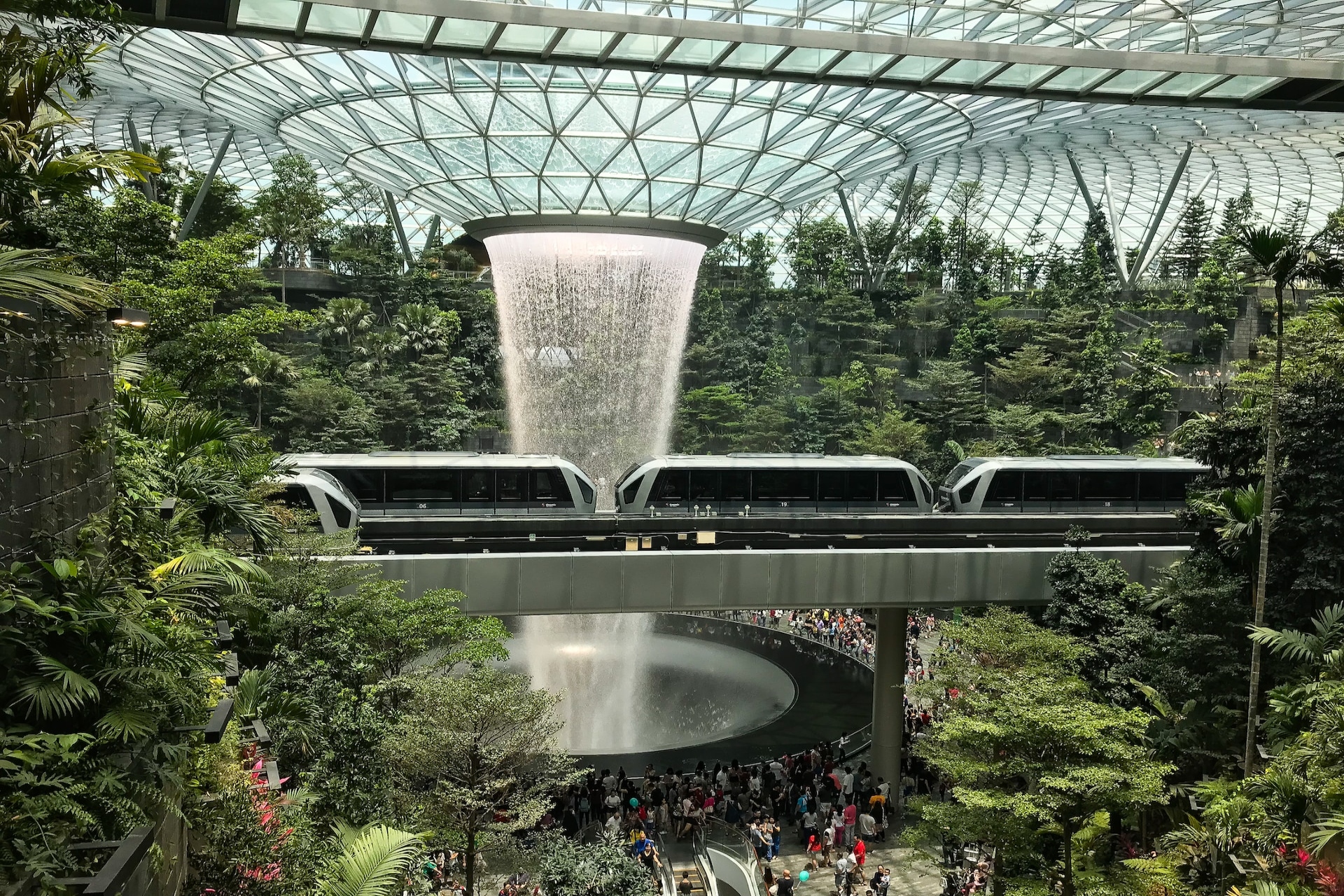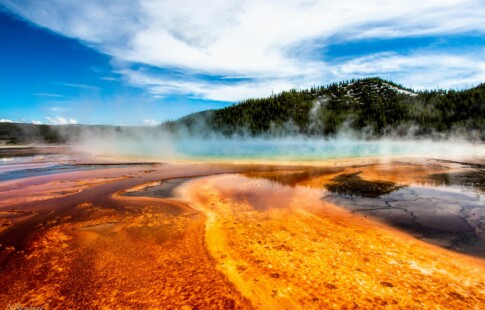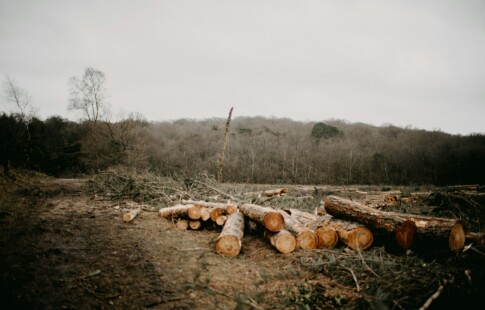
Career Exploration: What Is a Landscape Architect?
We are reader-supported. When you buy through links on our site, we may earn affiliate commission.
A landscape architect does more than pick out plants and design garden beds — they are artists, utilizing technical and ecological expertise to develop landscape designs on a much larger scale.
As the demand for localized sustainability increases, so does the need for experts to design and execute their landscape plans. Keep reading to learn everything you need to know about becoming a landscape architect.
Understanding Landscape Architecture
Tucked between skyscrapers and bustling city streets, Central Park occupies 834 square acres — a massive green space spanning 59th to 106th streets. In 1853, New York City officials held a design competition for the recently purchased area. They ultimately selected the park’s landscape architects — Frederick Law Olmsted and Calvert Vaux — to bring their submitted park plans to life.
Today, Central Park delivers a natural escape for New Yorkers. It also serves as a habitat for numerous species throughout the city. For instance, landscape architects may integrate a conservatory into their plans to save endangered Monarch butterflies.
Many people think of garden beds and mowed lawns when they hear “landscaping.” Yet, a landscape architect plays a much more significant role in landscape design. Landscape architects are responsible for planning, designing, overseeing construction and maintaining built landscapes.
They often get commissioned by city governments, schools and other businesses to create unique outdoor spaces while considering human health, recreation and the environment. Although some landscape architects work for private residences, most design streetscapes, recreational facilities, university grounds, plazas, trails and community parks.
Landscape Architect vs. Landscape Designer
Although they have similar qualifications, landscape architects and landscape designers are different. A landscape architect is licensed for commercial projects. Meanwhile, landscape designers are not and typically work at residential properties.
Landscape architects also possess greater technical expertise, including research, design, construction management and professional services. Their underlying purpose is to preserve or improve the local environment while simultaneously creating enjoyable outdoor spaces for the community.
Conversely, a landscape designer’s primary focus is garden design, landscape maintenance and design installation supervision.
How to Become a Landscape Architect
Becoming a landscape architect will allow you to develop green projects like the Jewel at Changi Airport in Singapore or France’s Gardens of Versailles. Here are the education and skills requirements needed to succeed in this career field.
Education Requirements
You must obtain a bachelor’s or master’s degree in architecture or landscape architecture to become a landscape architect. Students should look for schools and programs accredited by the Landscape Architectural Accreditation Board.
Typically, degrees culminate in a Bachelor of Landscape Architecture (B.L.A.) or a Bachelor of Science (B.S.). Likewise, those in graduate programs may receive a Master of Landscape Architecture (M.L.A.).
You can expect to take a wide range of architectural design courses and environmental courses, including plant and soil science, water science and ecology. A professional landscape architect must know about drought-resistant plants, irrigation systems and proper drainage for greater sustainability. Hands-on courses will also utilize computer-aided design and drafting (CADD) programs and modeling software.
After graduating, prospective landscape architects must meet stringent training requirements through the Council of Landscape Architectural Registration Boards to become eligible for licensure. Licensure is required in all 50 states, while 30 states require continuing education to maintain certification.
Skill Requirements
Landscape architects are highly creative with an aptitude for design, maintain strong analytical thinking and problem-solving skills and have excellent communication skills. These professionals spend as much time with clients as they do working on project plans.
Of course, professionals in this field must also possess various technical skills, such as the following:
- Mathematics, engineering and technology principles
- Knowledge of laws, regulations and codes of practice
- Sociological and anthropological understandings
- Building and construction expertise
- CADD software
- Geographical information systems (G.I.S.)
- Photo imaging software — such as Photoshop and Illustrator
- Presentation software
Landscape architects will gain the necessary skill sets during college, training and internships at architectural firms before becoming licensed professionals.
Career Opportunities for Landscape Architects
Landscape architecture is the perfect career field to create art using science and technology. As governments and citizens become increasingly aware of climate change and ecological and human health, green space and resilience planning become more important. As such, there are ample career opportunities for landscape architects.
Landscape architects often work in the private and public sectors. Most work for design firms concentrated on landscape design and urban planning. However, landscape architecture is one of many careers you can pursue with a B.L.A. Some graduates find employment with the National Park Service, U.S. Forest Service or local government planning departments instead.
A growing interest in sustainable design has opened many doors for landscape architects. Those with a higher degree often gain knowledge about environmental planning and historical preservation, increasing their career prospects.
A landscape architect makes an average of $98,100 annually, but salary depends on location, education, certification and years of experience. The low and high salaries usually range from $66,769 and $$126,375.
The Future of Landscape Architecture
According to Rodney Swink — a landscape architect from Raleigh, North Carolina — the demand for experts in this field supersedes the number of landscape architects to address environmental and social issues.
One specialization Swink believes is essential is water management. Future landscape architects should understand local weather patterns and integrate stormwater solutions into their designs. They might also develop capture-reuse mechanisms and consider city resilience during the planning stages.
Those interested in becoming landscape architects should consider joining professional organizations — such as the American Society of Landscape Architects — for information about licensing, career paths, industry trends, workplace advocacy and networking. The ASLA is particularly interested in creating a more diverse and equitable field while fostering greater career opportunities for women and minorities.
Is Landscape Architect the Career for You?
A career in landscape architecture is the best career for someone interested in integrating nature and art. As a professional landscape architect, you can become the mastermind behind the world’s most renowned green spaces. You can also guarantee career stability as sustainability trends and the demand for landscape architects in city governments increase.
Share on
Like what you read? Join other Environment.co readers!
Get the latest updates on our planet by subscribing to the Environment.co newsletter!
About the author

Jane Marsh
Starting from an early age, Jane Marsh loved all animals and became a budding environmentalist. Now, Jane works as the Editor-in-Chief of Environment.co where she covers topics related to climate policy, renewable energy, the food industry, and more.





